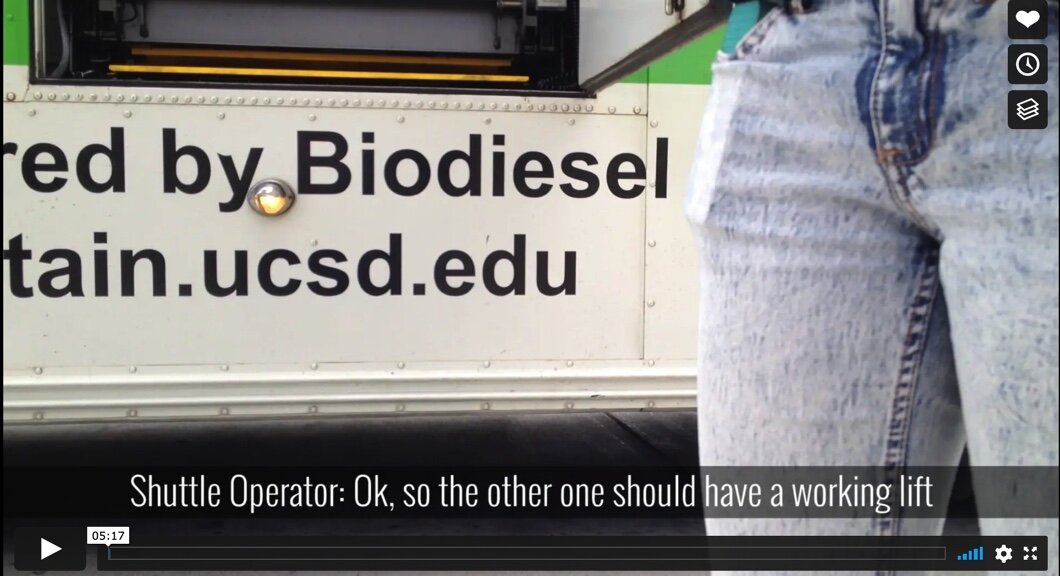Teaching
Disability, Technology, and Automation
Image Description: Park McArthur’s “Private Signs”, 2014, courtesy of the artist and Essex Street, New York. The image shows dozens of white, blue, red signs mounted on a white wall of the gallery space. The signs omit the international wheelchair symbol normally associated with the signs.
In the following discussion seminar, students will both consider and evaluate the role of assistive technology for people with disabilities in the United States. This 'research-focused' seminar will draw on case studies ranging from the hearing glove developed in Bell Laboratories in the 1950s, to the development of wearable technology, like smartwatches, to contemporary marketing campaigns by large tech companies in Silicon Valley. Students will pair these historical case studies with practice-based projects to assess the usability of technology on and beyond campus. To do so, this discussion group will discuss what are the functions of assistive technologies. Who are the designers? Who are the users? How do disabled users access technology on the market? By tracking these technologies, we will consider how the meaning of access have changed over the past twenty years after the American with Disabilities Act was written into law in 1990.
The Problem of VoIce
This course explored the problem of self-expression or “arriving at voice” for members of various ethnic and cultural groups, exploring both tools for understanding the problem of voice and examples of contemporary voices from a d/Deaf studies perspective, and a variety of intersectional and international points of view. We considered “voice” and “silence” as literal and metaphorical concepts, the practices of “speaking for” and “silencing” others, and the struggles for both voice and silence to be “heard”. Originally designed by Professor Tom Humphries
Designing Accessible Methodology
What is disability design? How does disability design inform our everyday practice? In this course students worked within the context of a methods lab, employing a feminist disability studies approach to research design. Themes ranged from practices of description (visual, aural, performative, digital) for people who are blind or with low vision, to the analysis of objects belonging to disability culture. While engaging these texts and objects, we worked primarily on methodologies, seeking to understand how critical methods might emerge in our work. We considered a variety of design mediums, along with theoretical writings, art installations, images, and performances as social texts. The course culminated in practice-based projects reflecting on the intersection of design and social justice.
Audiovisual: translations & descriptions
In this course, students will analyze the history and theory of the practice of audiovisual descriptions and have the opportunity to produce a description of a cultural object of their own choosing. These will range from visual, aural, performative, and digital descriptions for consumers with sensory disabilities. This course will draw on feminist film theory, science and technology studies and disability studies to consider the production of description in film and media.
Artwork by Persimmon Blackbridge, as shown in “Constructed Identities” at Tangled Art, Toronto, CA. 2016. Image description: Three bodies made from selection of reclaimed objects.
Politics of Bodies: Disability
In this course, we examined different genealogies for thinking with “the disabled body,” paying particular attention to how feminist, queer, crip, and critical race inquiry have shaped the study of cultural understanding over the past 40 years. We located ourselves within these histories, as well as their convergences and divergences, to consider contemporary and future methodological and theoretical treatments of embodiment.
Teaching Tools:
Film: Untitled (2014)
https://vimeo.com/290082787 (password: hickman2014)





